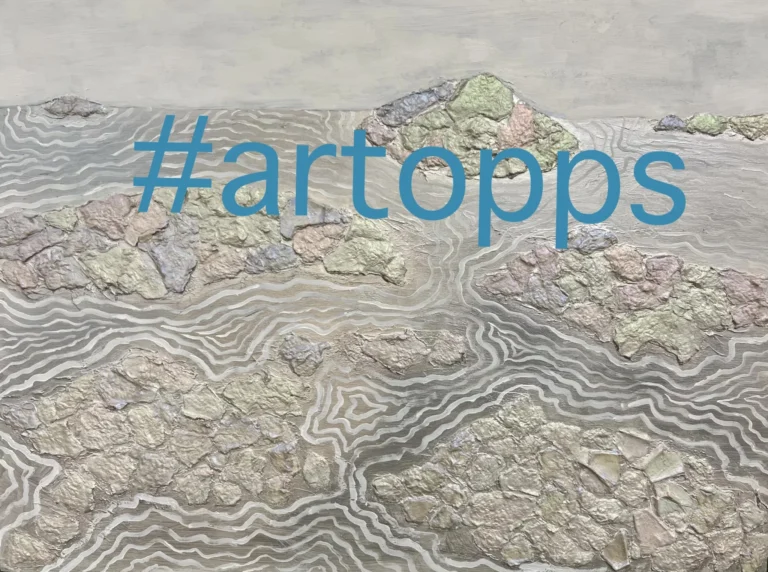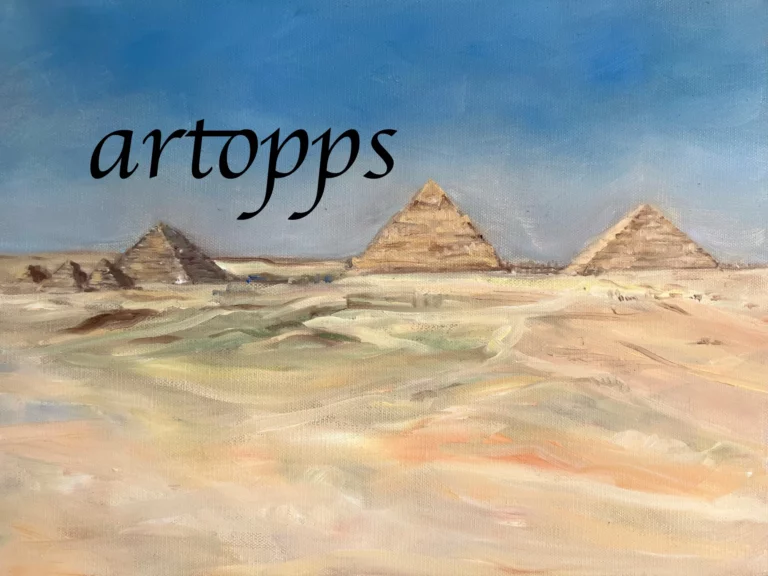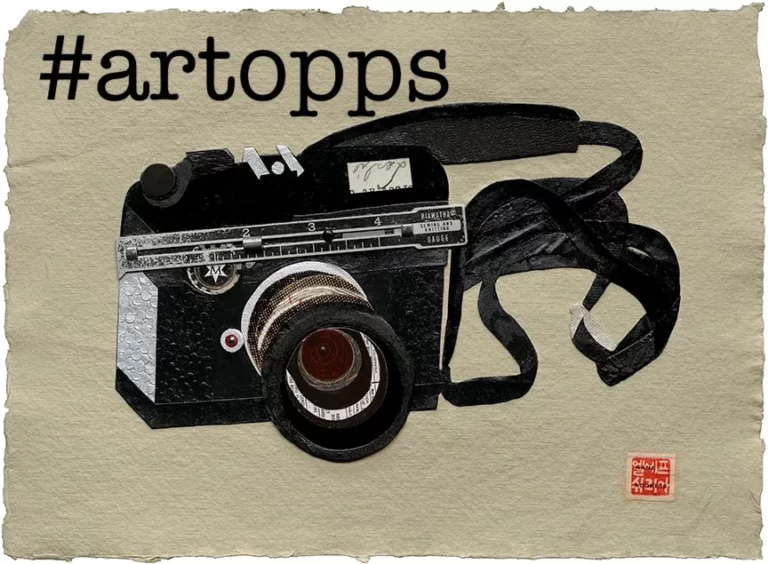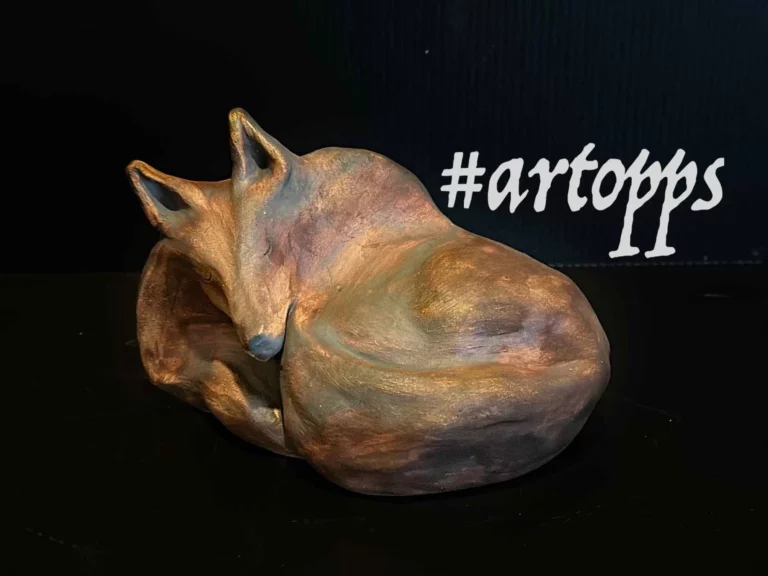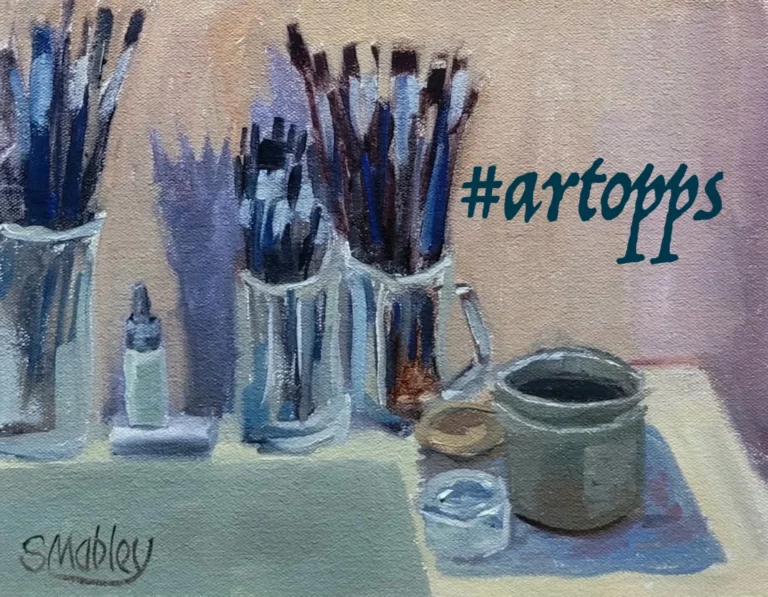“Gods & Goddesses” Revealed: The Artist
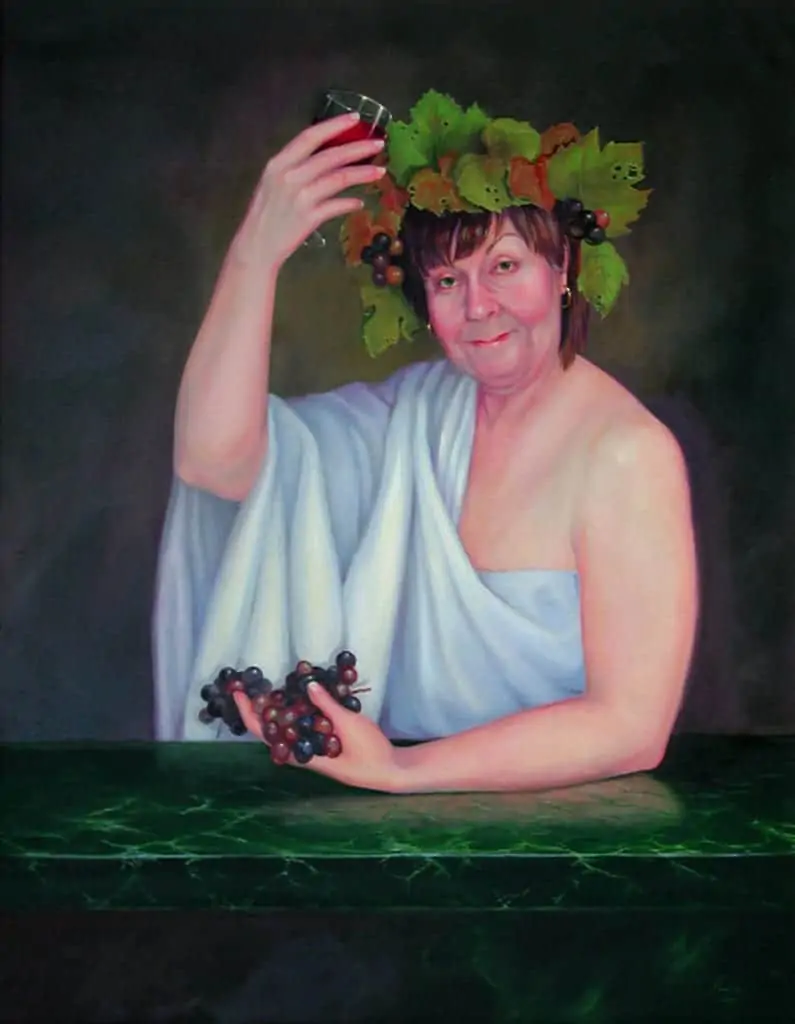
If the portraits in “Everyday Gods & Goddesses” seem almost alive — if you think you see their eyes wink as you turn your head, and you wonder if they visit each other, Harry Potter-style, at night — well, that’s just your imagination. But these paintings do have stories, both ancient and modern, behind the canvas. Today’s tale: Bacchus.

“I love a good time, fine wine, and Caravaggio.” — Linda Lawler, placard for Self-Portrait as Bacchus
To close out our series celebrating the stories behind “Everyday Gods & Goddesses,” we turn to the artist herself, and the self-portrait that started it all.
“This was meant as a foil to an otherwise serious landscape show about vineyards,” Linda Lawler explains. After the positive response, she turned to friends and family for her less-than-serious apotheoses.
Our story about Bacchus comes from Euripides’ play The Bacchae, which premiered in 405 B.C. and shows a darker side of the god of the vine. The action revolves around Bacchus’ revenge on his cousin the King of Thebes, and ends with the king limb from limb by a crowd of frenzied Maenads, or followers of Bacchus.
But perhaps the spirit of the painting, and the exhibit in general, is better exemplified by this quote from the play:
“He who best enjoys each passing day is truly blest.”
Good advice from Euripides. And as the days pass, don’t forget — the exhibit ends this Monday, May 6!
Can't get enough?
Sign up for our weekly blog newsletter, subscribe to our RSS feed, or like us on Facebook for the latest Art League news. Visit our homepage for more information about our classes, exhibits, and events in Old Town Alexandria, Virginia.

